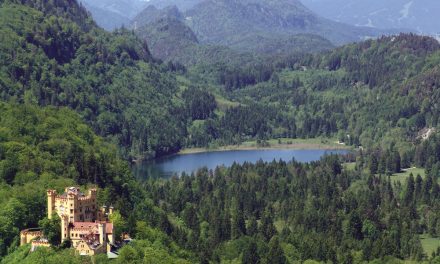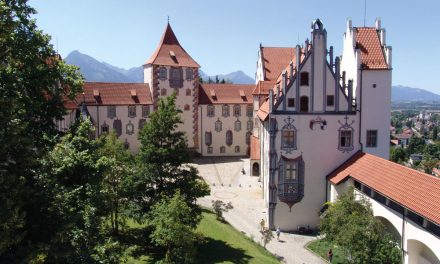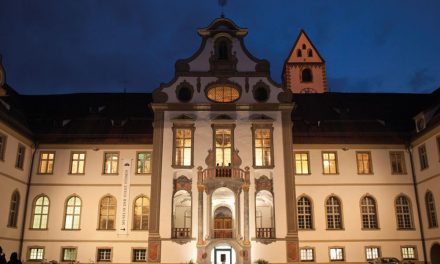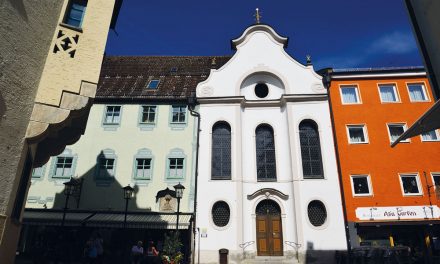The Ossuary in Elbigenalp Dance of Death and Skulls
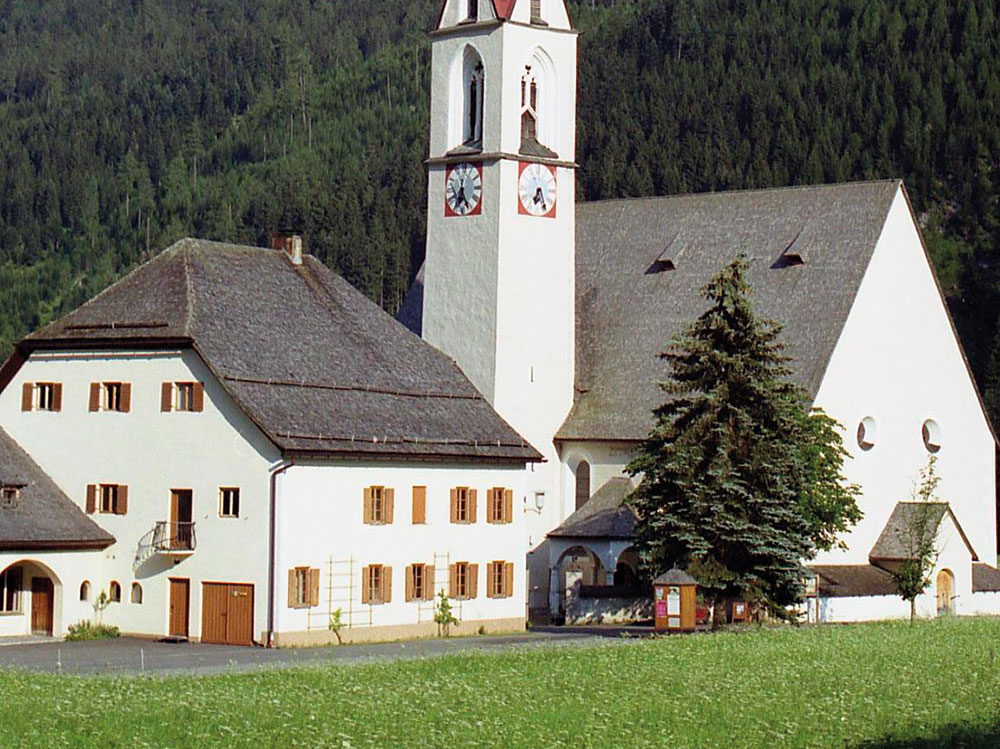
It seems eerie, sometimes creepy, when you go into an ossuary. Surrounded by countless bones and skulls, lovingly piled up, and strung together, sometimes even painted, one never feels alone. It’s a very special place, an ossuary like that. But what is an ossuary and when and why did you ever need it?
On Wikipedia one finds the following definition for the term “ossuary”: The ossuary, also called ossarium or ossuarium (Latin os = bone), is a roofed room, which can be used to
storage of bones. (en.wikipedia.org/wiki/Leghouse)
If this roofed room is a chapel, one speaks of a carner (in some places also of a Gerner).
Joh. Anton Falger (1791 – 1876) was a successful lithographer in Munich and Weimar. At the age of 40 he returned wealthy to his home town of Elbigenalp. He immediately took up various activities. So he rebuilt the vicarage and renovated the Martinskapelle on his own initiative and without compensation. In the tomb of this oldest sacral building in the Lech valley (ca. 1050) befindet there is an ossuary. Falger took up an old tradition and created his main work in 1840, the Dance of Death in Elbigenalp.
On 18 plates in the size of 38 x 26 cm finden itself, leaning against the Füssener death dance, in the upper row: Pope, king, artist, judge, citizen, soldier, child, mother and physician. In the lower row are boy, bride, grandmother, farmer, rich man, beggar, murderer, maid and gravedigger. The blackboard with the artist probably shows the immediate reason for the dance of death. The year before the painter Joseph Anton Koch (1768 – 1839), the most famous personality of the Lech valley at that time, died in Rome. Falger also oriented himself to the Totentanzgrafiken of Hans Holbein the Younger and Daniel Chodowiecki. He painted his pictures in detail in subdued shades of brown on wood. The accompanying picture texts, written by Falger himself, stand on the black wooden border. The motive of the dance can be seen most clearly in the picture of the bride. The bride performs an orchestra with five skeletons for the dance.
Only a short time later Falger painted another dance of death in fresco technique in the niches of the cemetery wall in Elbigenalp. The frescoes correspond to twelve motifs of the Dance of Death in St. Martin’s Chapel and are 60 x 40 cm in size. Due to multiple overpaintings neither pictures nor texts are preserved in the original.







